They do not fit, and since they do not fit, we do not see them, we judge them, we stigmatize them. In every homeless person there is a rupture of personal, social, and cultural ties, with the system, with society, and to recover these ties it is necessary to work in an integral way.
The problem
The problem of people living on the street is extremely complex.
It is considered that there are two fundamental causes.
1. Structural poverty does not occur in all cases, but in many it does.
2. The life trajectory, in which there is an innumerable set of elements that intertwine and end up favoring the risk of entering a street situation.
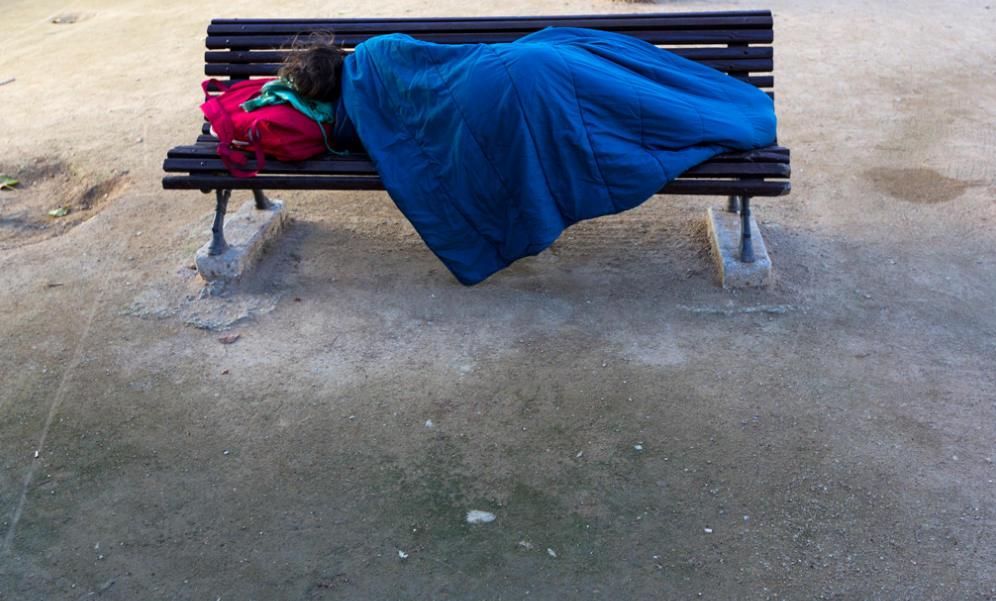
The way in which homeless people have defined conditions is the type of relationships they establish with the institutions that take care of them, with people in general, and with their peers.
In the case of homeless people, they are socially defined as “lazy”, “who don’t go out because they don’t want to”, and “who are addicts or crazy”. These negative connotations create stigmas and therefore discrimination.
We should establish that prejudices designate judgments made of negative feelings towards individuals or groups that have a social belonging different from one’s own, which generally causes rejection.
The situation in Barcelona
In Barcelona, there are at least 4,845 homeless people. Thanks to counts, censuses, and surveys, the following data are known.
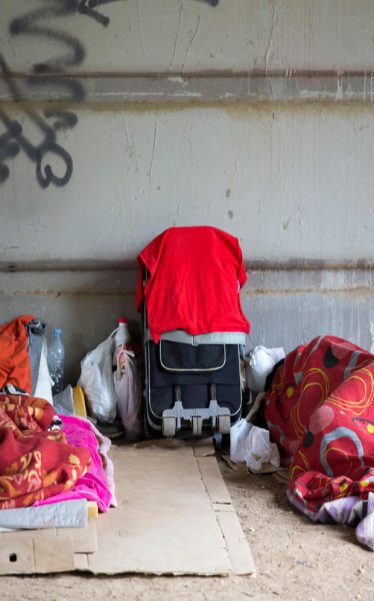
This number of people, 1064, is 175 people less than the previous year. The foundation links this decrease to the decrease in mobility and the closing of borders.
We know that one person in ten has been living on the street for more than ten years.
On the other hand, 46% of people say they have been physically or verbally assaulted.
At least 1,064 people sleep on the streets of Barcelona. Around 3,046 people sleep in public and private resources in the city.
According to municipal data, 735 people (adults and children) live in vacant lots and disused factories.
It is the Catalan municipality that hosts more people living in the open and also the one that offers more public and private responses, although we must say that sadly they are insufficient.
The districts of Ciutat Vella, Sants-Montjuïc, Eixample, and Sant Martí host 79% of the people living on the street.
The Arrels Foundation has obtained these figures after years of censusing the homeless population. In 2008, the foundation found 658 people sleeping on the street. Since then, the figure has only grown. It reached 1,026 in 2017 and 1,195 in 2019.
Eighty-five percent of homeless people living in Barcelona are men, 11 percent are women and 4 percent identify with other gender identities. On the other hand, three out of four are immigrants.
Some of the nationalities that can be found are Spanish, Moroccan, Romanian, Bulgarian, and Ecuadorian.
The Arrels Foundation
What the Arrels Foundation wants is that no one sleeps on the street. And, this is work that they have been doing for 35 years (1987).
During these more than 3 decades they have had the opportunity to accompany more than 16,100 homeless people on their way to autonomy, offering guidance and useful services of accommodation, food, and social and health care.
The work team consists of 78 workers and more than 400 volunteers. There are also 5,900 collaborating members and donors.
The mission of the Arrels Foundation is simple: to help the homeless. To do this, they accompany and assist homeless people who are in the most consolidated stages of exclusion towards a situation as autonomous as possible.
One of the most important points of their work is to raise public awareness of the problems of poverty in our environment. They also denounce unjust situations and provide solutions to administrations and civil society.
How they work
In order to achieve the immense objective they have, the foundation has developed a very clear way of working.
They are aware of the importance of addressing the situations but also the causes.
The foundation accompanies homeless people, promoting their self-esteem and confidence. In this way, they guarantee that when they decide to leave the street, their basic needs will be met.
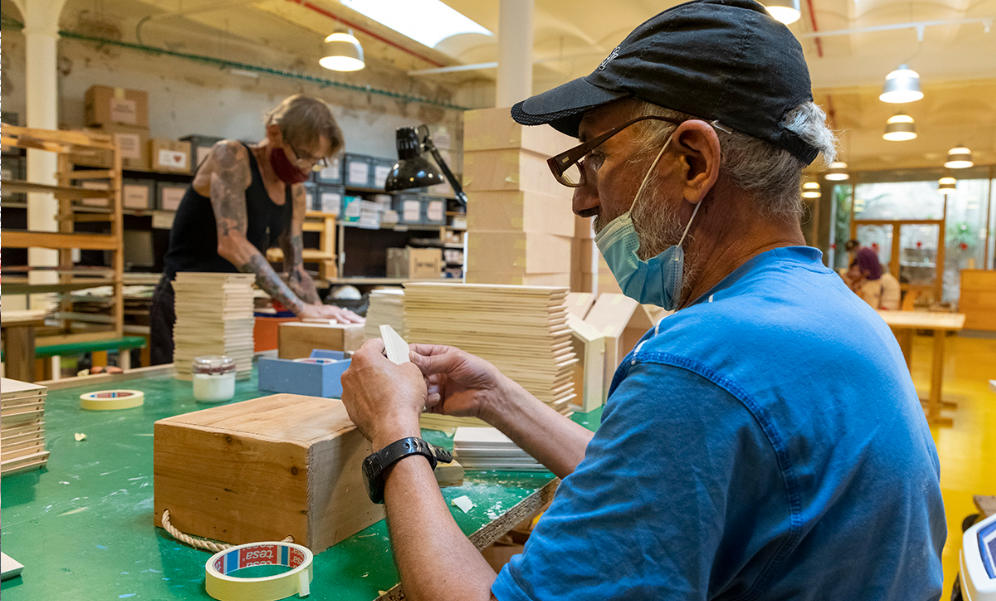
The foundation works on 6 specific fronts to carry out this monumental task.
1. Comprehensive care for people. It is important and necessary to respect their rhythms, promote participation and decision-making in their improvement process, and encourage harm reduction.
2. Work with other social, health, and legal care services with the person as the center of the intervention.
3. Everyone contributes. For example, homeless people contribute knowledge from their experience and critical vision. The team of volunteers allows the creation of new links with the most vulnerable people and the team of workers gives continuity to the processes.
4. Social innovation.
5. Independent.
6. Areas of action
It is important to bear in mind that people who live or have lived on the street are also involved in the organization. They collaborate, for example, with the maintenance and logistics team, give talks and raise awareness among groups of young people, form part of the management team, or collaborate in courier tasks or in the organization’s closet.
There are different teams within the foundation. Some of them are the reception team, open center team, La Llar Pere Barnés team, and the Troballa Workshop, team.
1. Reception team. It is formed by the street team, which travels around Barcelona visiting people living on the street and establishing the first bond of trust.
2. The open center team is where the first attention is given, providing orientation, accompaniment, and basic services such as showers, closets, pharmacy, locker, or mail reception.
3. The Llar Pere Barnés team provides residential space for people who have lived on the street and are in poor health.
4. The La Troballa workshop team works with people who live or have lived on the street, promoting coexistence, the recovery of habits, and the creation of handmade products.
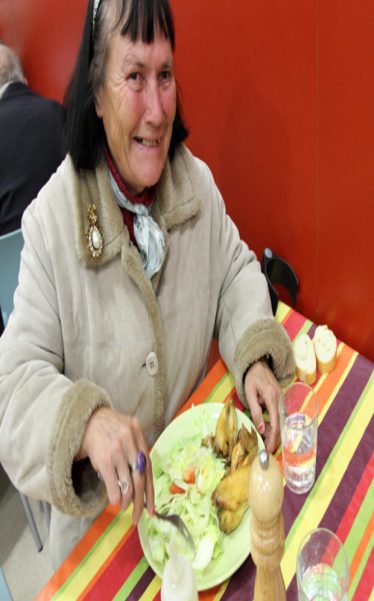
The open center is located on Riereta Street.
It is a spectacular welcoming space that operates in the mornings and afternoons to offer guidance to people living on the street. It provides guidance on the different resources that exist in the city, as well as showers, lockers, closets, and pharmacological dispensation.
The Arrels street team has a limited capacity for action and cannot cover the entire city of Barcelona.
Therefore, they focus on six areas of the city: Eixample, Ciutat Vella, Sants-Montjuïc, Gràcia, Sant Martí, and Sant Andreu. Thanks to a mobile team, we also visit some people in situations of serious exclusion in the other districts.
On the other hand, when someone expresses the will to sleep under a roof, the foundation tries to find suitable accommodation for their needs.
We can find a room in a shared apartment or a single apartment. There is also the possibility of sleeping in Piso Cero, a low-demand space of Arrels for people who have been living on the street for a long time and have not found a place in other resources.
The first years
The Arrels project began to take shape in 1986 with the help of about thirty people concerned about the situation of homeless people in Barcelona. At that time, there were almost no services focused on this reality.
In 1987, the group opened a center in the Raval district of Barcelona, with a shower with a tank and a small closet, and gradually realized that it was not necessary to wait for people to come to the center, but that they had to go out into the street to create bonds and trust.
In 1991 there was already an open center with showers and lockers, street and hospital visiting teams, and the Shelter, a night shelter.
From 1997 to 2001 were years of growth. The Shelter project was transformed into the Access to Housing Program and in 2001 the La Troballa pre-employment workshop began its activities. In order to achieve this, educators, social workers, and communication professionals are added to raise public awareness and internal administration.
Since the 2000s
The 2000s have been a key decade for the foundation. During the first few years, the foundation provided housing for 80 people, including boarding houses and half a dozen apartments.
The entity has served about 5,500 people and is supported by 180 volunteers who make the projects possible.
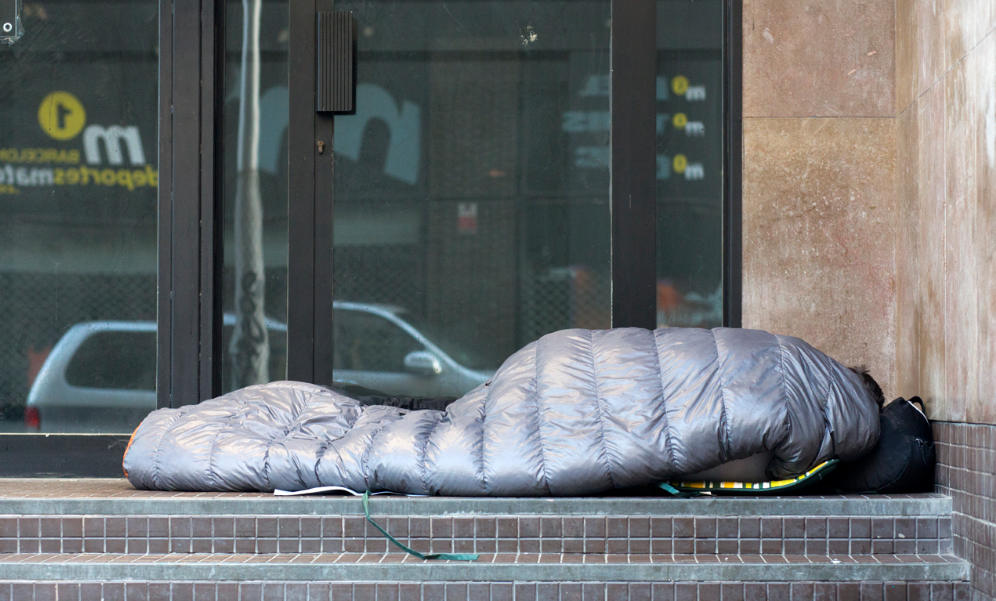
It has also generated public recognition: the Municipal Council of Social Welfare of the Barcelona City Council awarded them the Internet category the second prize for the Media for the web page in 2003. In 2004 the Institute of Human Rights awarded them the Solidarity Award, and in 2005 the Periódico de Catalunya recognized the work of Arrels with the Solidarity Initiative Award.
However, the greatest success came in 2007 with the inauguration of the Pere Barnés residential home.
In the last years of the decade 2000-2010, Arrels increased its attention to more homeless people, and, with the Pere Barnés residential home in operation, Arrels began to offer more stable housing to people.
In 2008, for the first time, and with the help of the Barcelona Homeless Care Network, a nocturnal count was carried out to find out how many people were sleeping rough.
Stepping up care
As expected, no matter how much work they have accomplished, the need to intensify care for the homeless is paramount. For this reason, they are increasing the number of places in apartments and rooms for rent and working to ensure that people’s stay in housing is stable over time.
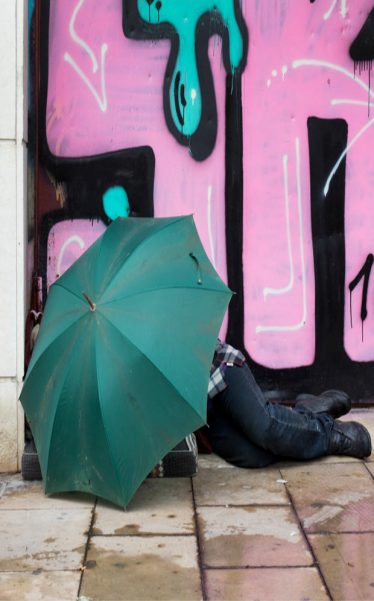
Arrels is committed to the “Housing First” model, which prioritizes access to individual, decent and stable housing by putting the person at the center and taking into account their opinion.
In 2016 Arrels organizes the first census of people sleeping rough in Barcelona and it is repeated on an annual basis to learn more about their situation.
In 2017, Piso Cero opens, a low-demand resource in the Raval neighborhood that offers overnight accommodation to people who have not found a place in any other resource.
People in this situation do not have a safe place to keep their belongings. For this very reason, they offer more than 200 bags that hold clothes, medicines, photographs, and other personal items.
In 2020, 456 people did that. The truth is that this service is really important given that in Barcelona there are no long-term public lockers for homeless people.
Conclusion
The current model of shelters is collapsed. For this reason, it is necessary to create smaller spaces in all neighborhoods. We also need policies that promote housing for all people.
On the other hand, we know that the pandemic has aggravated the situation of people living on the street in Barcelona. Women have been especially affected.
Having a home is not just having a roof over your head. Having a home means improving physical and mental health and recovering relationships. The home is an important social unit. In addition to being a dwelling as such, it should be a place where one can live with understanding, tolerance, friendship, love, and protection.
The experience and daily contact with homeless people has built, from the beginning, our way of accompanying people and of facing the causes that generate homelessness. Helping is not just a matter of giving what we no longer need or distributing what we have leftover to the most vulnerable. Real and effective help is different: it is sharing what we have with others who need it.


